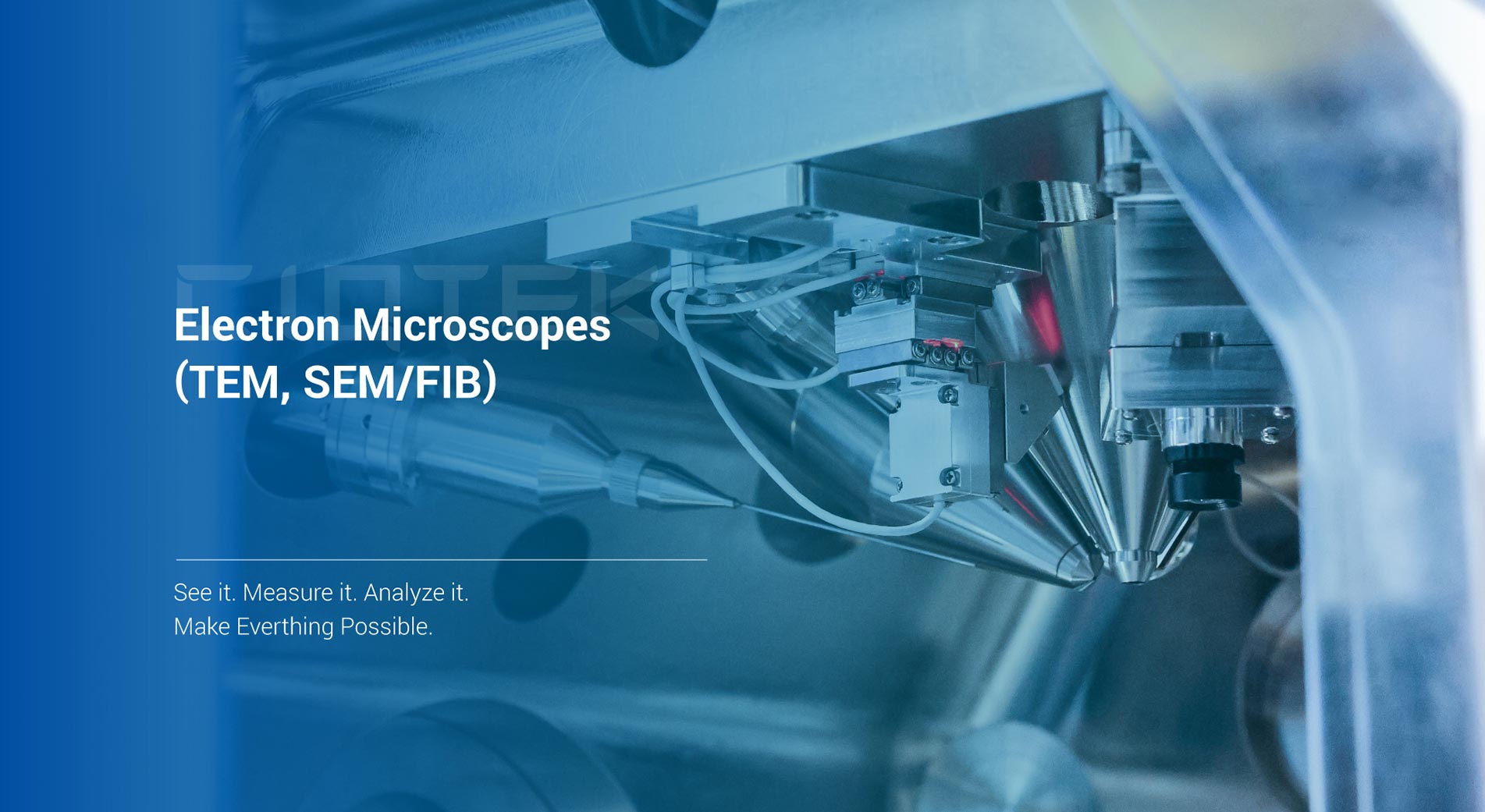Understanding the Cost of Scanning Electron Microscopy (SEM)
Scanning electron microscopes (SEMs) are essential for modern research and industrial applications, allowing detailed imaging and analysis of nanoscale materials. However, investing in a scanning electron microscope is a big decision, and understanding its pricing structure is crucial for potential buyers. In this blog, we will analyze the factors that affect the cost of an SEM, typical price ranges, and additional costs to consider.
What affects the cost of an SEM?
The price of an SEM varies greatly depending on its specifications, features, and intended application. Here are some key factors:
1. Resolution and Performance
High-resolution SEMs capable of imaging at the nanometer or sub-nanometer level are typically more expensive. Advanced models have enhanced imaging capabilities such as higher magnification and better signal-to-noise ratios.
2. Additional Features
Modern SEMs usually have the following additional features:
- Energy dispersive X-ray spectroscopy (EDS) for elemental analysis.
- Electron Backscatter Diffraction (EBSD) for crystallographic studies.
- Environmental SEM (ESEM) is used to image wet or biological samples.
Each of these capabilities adds to the total cost.
3. Automation and Software
SEMs with automation features such as autofocus, auto diffuser, and advanced image processing software are more expensive. These features improve ease of use and productivity, especially in high-throughput environments.
4. Brands and Manufacturers
Leading manufacturers such as Thermo Fisher Scientific, Zeiss, JEOL, and CIQTEK typically offer a range of models, with premium models at a higher price point. CIQTEK, in particular, has a reputation for providing high-quality SEM solutions that combine performance and affordability, making it a cost-effective choice for many laboratories.
5. Size and portability
Benchtop or desktop SEMs are more affordable and compact, making them suitable for small labs or educational purposes. On the other hand, full-size SEMs offer higher performance but are expensive.
Typical Price Ranges for Scanning Electron Microscopes
> Entry-level scanning electron microscopes: $50,000 - $100,000
These models are designed for basic imaging and are popular in educational institutions and small laboratories.
> Mid-range SEM: $100,000 - $300,000
Mid-range SEMs are ideal for research labs and industrial applications, with higher resolution and additional features such as EDS.
> High-end SEM: $300,000 - $1,000,000+
These systems are equipped with cutting-edge technology for advanced research and applications such as nanotechnology and semiconductor manufacturing.
Other Costs to Consider
When budgeting for SEM, it is important to consider the associated costs:
1. Installation and Training
Installation fees and operator training add to the initial cost. Manufacturers often include these services in the purchase package or charge an additional fee for them.
2. Maintenance and Service Contracts
Regular maintenance is essential for optimal SEM performance. Service contracts can range from $5,000 to $20,000 per year depending on the system's complexity.
3. Consumables and Accessories
- Conductive coatings for non-conductive samples.
- Sample holders and stubs.
- Replacement parts such as filaments or detectors.
4. Laboratory Infrastructure
High-performance scanning electron microscopes may require specific environmental conditions such as vibration isolation, temperature control, and specialized power supplies, which can increase setup costs.
Conclusion
Scanning electron microscopes can cost anywhere from a few tens of thousands of dollars to over a million dollars, depending on the model and features. While the initial price is an important consideration, potential buyers should also take into account long-term costs such as maintenance, consumables, and lab infrastructure. Knowing these factors will allow you to make an informed decision based on your research or industrial needs.
If you are considering investing in an SEM, consult with the manufacturer to discuss your specific requirements and receive a tailored quote. With the right system, an SEM can be a transformative addition to your analytical capabilities.

